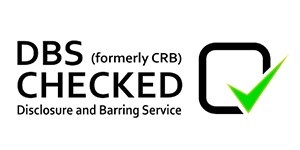404
Page Not Found
Sorry, we couldn't find the page you're looking for. The page may have moved or no longer exists.
Looking for something specific? Try searching our site:
Get in TouchIf you believe this is an error, please contact us and let us know what you were looking for.





